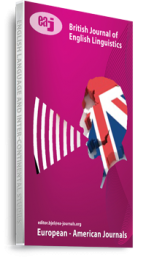This paper investigates the relationship between the roles and patterns of language selection in EFL classroom in a Jordanian primary school. It employs the overall order model, specifically the medium of classroom interaction, to identify three patterns of language selection: an English monolingual medium, an Arabic monolingual medium and a bilingual medium. Then, an investigating analysis of the relationship between specific patterns of language selection and broad beneficial categories of code switching (CS) was conducted. No one to one relationship between a specific beneficial category and a specific pattern exists. One Language pattern can serve different roles. From a detailed analysis, it is apparent that teachers in EFL classroom try, as far as possible, to use the English monolingual medium to conduct pre-planned curriculum activities. However, when teachers and students departed from these prescribed activities, they used Arabic, either the Arabic monolingual medium or a bilingual medium, to serve different roles, such as accessing the curriculum, managing the classroom and establishing interpersonal relationships. On the other hand, the use of the prescribed medium (English monolingual) was never used to enhance interpersonal Relationships. . Her major research interests are in discourse analysis (DA), computer-mediated discourse analysis (CMDA), computer-assisted language learning (CALL) and computer supported collaborative learning (CSCL), with a concentrate on wiki-mediated writing activities. He is also interested in bilingual interaction, especially bilingual classroom Interaction and the use of L1in Foreign language classroom.
Keywords: Arabic language, Jordanian, Patterns, Roles, School, language selection

